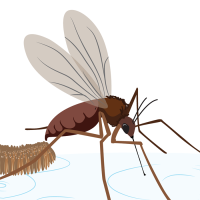World of Biology
Read about research projects being conducted at Arizona State University. Many of the articles you find on this page are written by graduate students in the life sciences departments. The list is always growing so be sure to come back and visit often.
Be Part of
Ask A Biologist
By volunteering, or simply sending us feedback on the site. Scientists, teachers, writers, illustrators, and translators are all important to the program. If you are interested in helping with the website we have a Volunteers page to get the process started.











